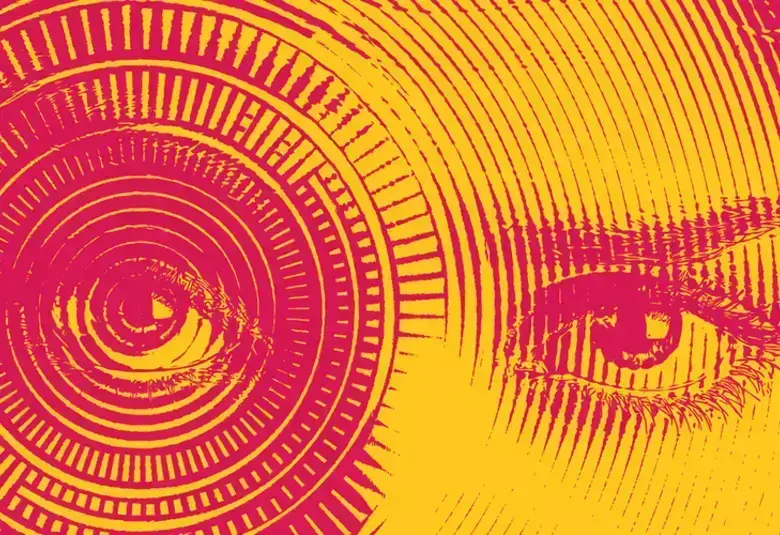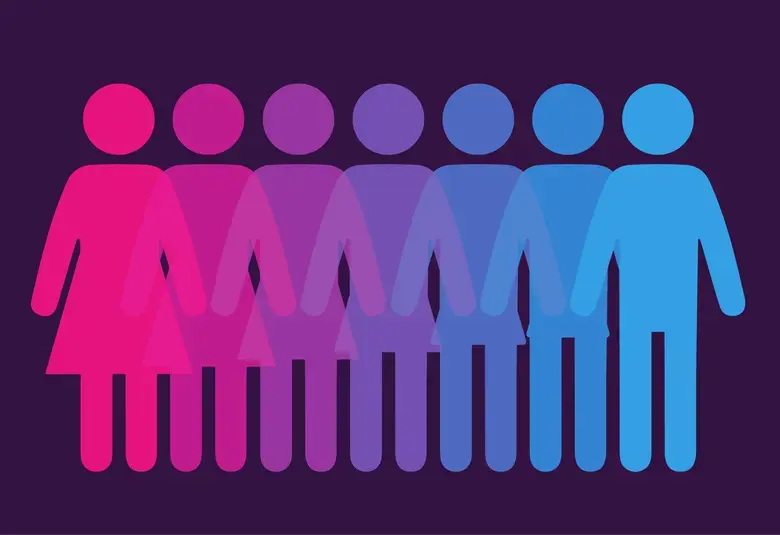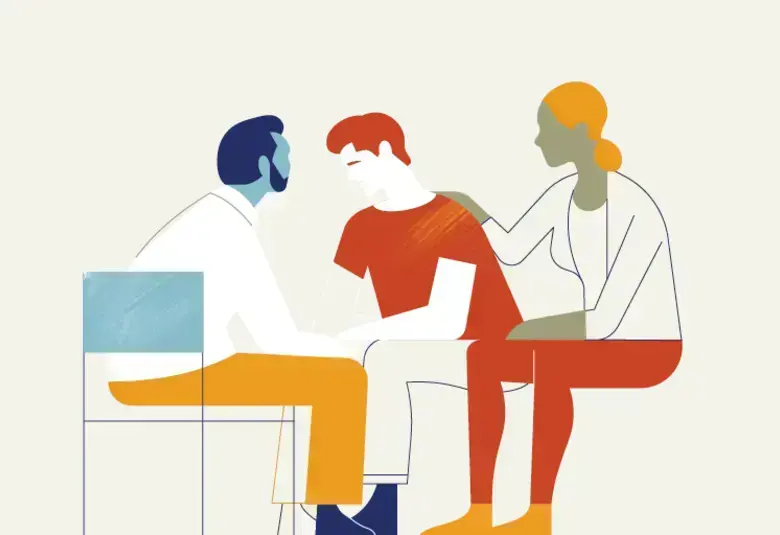When the time comes that the more immediate medical problems brought by COVID-19 has been addressed by vaccination, the looming mental health crisis and the psychiatric sequelae of COVID-19 will come to the fore and it will be the mental health workers turn to feel beset on all sides, drawing the new frontline.
The Looming Mental Health Crisis
In a study by Kuan-Yu Pan, examining the mental health impact of the COVID-19 pandemic on people with and without depressive, anxiety, or obsessive-compulsive disorders, they looked at three Dutch case-control cohorts and found that there was increasing symptom levels in people without mental health disorders, whereas changes of symptom levels were minimal or even negative in individuals with the most severe and chronic mental health disorder.[1]
This increase in symptoms may be related in some ways to emotional epidemiology, a term popularized by Damir Huremović in his luridly premonitory work Psychiatry of Pandemics: A Mental Health Response to Infection Outbreak. Emotional epidemiology is described as patterns of emotional reactions associated with new illnesses. While this emotional reaction to the pandemic is seen early on, the persistence of the pandemic makes new breeding ground for psychological reactions. Breeding grounds such as the need for social distancing, quarantine and isolation. The consequences of social distancing can be summed up in two words – isolation and uncertainty. Taking the cue again from Huremović, he writes that all measures of social distancing result in various degrees of isolation. Isolation in social distancing can be quite palpable, physical (contact barriers, protective equipment, physical separation by glass or locked doors) and symbolic (separation from loved ones, inability to read facial expressions from masked faces, feel a human touch on one’s skin, inability to make out a human shape underneath protective equipment). The other crucial psychological aspect of isolation is uncertainty – those who are ill in isolation are uncertain about their survival and recovery, those who are healthy in quarantine are uncertain about whether they are going to get sick, those whose loved ones are in quarantine, isolation, or unaccounted for are forced to deal with uncertainty from a different side.
those who are ill in isolation are uncertain about their survival and recovery, those who are healthy in quarantine are uncertain about whether they are going to get sick
As for those having to undergo quarantine, regardless of their health status, are likely to report distress due to fear and risk perceptions. Their distress can be amplified in the face of unclear information and communication that is common in the initial period of disease outbreaks.[2]
For healthcare workers, they bear a particular psychological and emotional brunt in the context of isolations and quarantine since they can both be quarantined and care for patients in isolation. During and in the aftermath of an outbreak, about one in six healthcare providers to affected patients develop significant stress symptoms.[2]
During and in the aftermath of an outbreak, about one in six healthcare providers to affected patients develop significant stress symptoms.[2]
Fighting in the New Frontline
Given these effects of social distancing, quarantine and isolation on patients, non-patients and healthcare providers, we can now delineate the new frontline. In a review of traumatic stress symptoms by Benfante on healthcare workers, they found the presence of trauma-related stress, with a prevalence ranging from 7.4 to 35%, particularly among women, nurses, frontline workers, and in workers who experienced physical symptoms.[3] In a qualitative study on the physiological and psychological experience of COVID-19 survivors, Olufadewa describes negative mental health experience themes that include feeling scared, panicked and paranoid. Others had feelings of anxiety, worry, overthinking and uncertainty, guilty-feelings and embarrassment. Others described fears of backlash and harsh treatment. There were also feelings of stigmatization misjudgment. One major theme in the study was patients fearing that they would die alone.[4]
With the knowledge of the psychiatric sequelae of COVID-19 on healthcare workers, patients and those affected by the prolonged quarantine and isolation, it is imperative that preparations be taken. For healthcare workers, psychological support should be made available. They may be informed about the possibility of stress reactions and how counselling after the isolation will be made available although most providers do not need it. For patients, in the short-term aftermath, psychological first aid can be administered to them by public health and public behavioural health workers. Such interventions focus on establishing a respectful, supportive rapport, triaging critical needs, normalizing stress and grief reactions, supporting positive thoughts about the future, and teaching mindfulness-based techniques to decrease the levels of stress and hyperarousal (i.e., deep breathing, progressive muscle relaxation, and guided imagery). This general approach can then whittle down the number of people who would need trauma focused cognitive behavioural therapy and/or even psychopharmacological aid.
Such interventions focus on establishing a respectful, supportive rapport, triaging critical needs, normalizing stress and grief reactions, supporting positive thoughts about the future, and teaching mindfulness-based techniques to decrease the levels of stress and hyperarousal (i.e., deep breathing, progressive muscle relaxation, and guided imagery).
In conclusion, by drawing this new frontline and addressing the psychological impact of the pandemic with preparatory and anticipatory interventions, it is hoped that dividends will be paid in the long term in the form of lowered incidence of post-traumatic stress disorder (PTSD), anxiety, depression, or substance abuse.
For the latest updates on sea.progress.im, subscribe to our Telegram Channel https://bit.ly/telePiM




